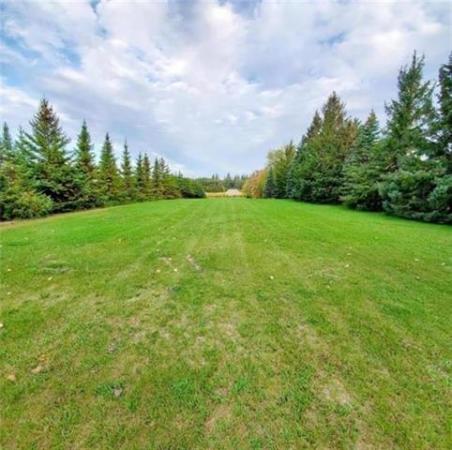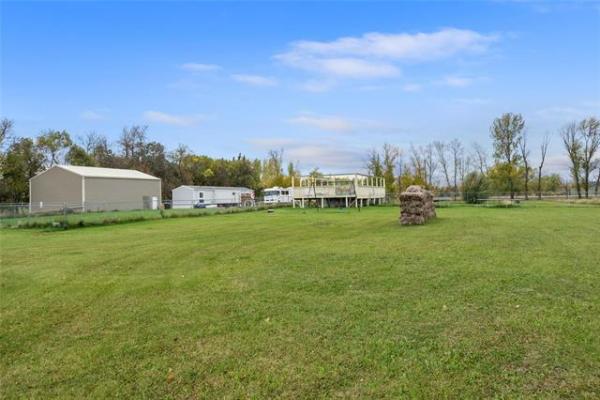1. When purchasing garden ornaments, some gardeners make the mistake of inappropriate quantity and size. Ornament selections have a tendency to be too small, too big, too many and positioned without much thought. Remember, less is more and proper portions are key.
2. Place garden ornaments inconspicuously. While a large focal ornament or statue makes a bold statement, there is a simple delight in strolling through a garden to find a small cherub statue or a gazing ball peeking from underneath the leaf of a plant. Tip: Just like a picture on your wall, garden statuary looks best with some kind of frame. A background of traditional clipped box, yew or a mixed border of grasses frames your statuary in the landscape. A stone wall or trellis covered with roses or even a simple wooden fence is all you need.
3. Don't be discouraged if your new perennial garden isn't what you had hoped. There is a saying that goes " The first year they sleep, the second year they weep, the third year they leap." With this in mind, research the mature size of the plants so they don't outgrow the garden. Tip: Also, look for insect and disease resistant plants to minimize maintenance and insure that your garden is healthy.
4. Adding a pathway can make a huge difference in the way you see your garden. Something as simple as laying irregular slate stepping stones will draw the eye towards a desirable destination and away from something less attractive. For a garden that does not have a physical need for a pathway, start the stones far apart and irregularly spaced, and gradually bring them closer together to form a path as they approach your new focal area. The eye will generally follow a visual path, and the focus will be off of the eyesore.
5. Pond kits are very popular and available in most garden centres, but they are often installed without appropriate surroundings. Before you install a pond feature in your garden, reflect on where a small pond might occur in nature and how plants would grow in and around it. Select a spot in your garden where the pond could appear to happen naturally. If your pond is designed to draw focus away from a less desirable feature of your garden, consider how you will draw attention to this new feature from a distance. Installing a bubbling fountain feature towards one end of your pond will keep the water moving.
6. Natural style garden ponds are built to create the illusion of a mountain stream with waterfalls. Larger boulders and flat stones can be used in combination to create the look of a naturally formed stream. The sound of falling water can be fine-tuned through the careful arrangement and placement of stone.
7. Koi garden ponds must be able to accommodate fish that can grow to about 2.5 feet in length. Many koi ponds have no plants because koi have a tendency to eat certain types of plants. You must plan for an extremely large pond, and provide adequate surface area for the absorption of oxygen into the water. Ponds for koi must be at least 3 feet deep to provide room for mobility. They also require filtration to keep the water clean.
8. Part of the secret to a "wow" garden is to keep things simple. Place art singly, as an enhancement or complement to the surrounding garden space, place ornaments in groups if they are of similar design, colour, or material. Soften the edges of ornaments with plants to make them an integral part of the garden. Much of the artwork is made of rusty metal, a form that blends naturally into the landscape.
9. Wind ornaments are not just chimes. They are wind sculptures that surf currents of air atop tall or short stakes that can be stuck in among the flowers of a garden bed or a large container garden or even submerged in ponds.
10. Just like the rooms within our home, lighting is key. When it comes to garden lighting always conceal the light source, either with a glare guard on the luminaire or by tucking it behind a shrub, large branch, wall, or rock. Ideally, you will be unable to see where the exterior light originates. Tip: Don't over light. Extremely bright garden lighting often loses the intended effect.
11. Grouping n ew plant pots simply create interest to gardens. Don't worry if your pots are slightly chipped, this gives them additional character. You can also draw attention away from the pots by filling them with simple plants. Use trailing plants such as Veronica Georgia Blue, lobelia, ivy or creeping jenny because they grow quickly to camouflage unsuitable pots.
12. There are several sources of beauty in nature, if you're looking for it. Keep your eyes open for natural sculpture, like interesting pieces of driftwood, a fallen branch from a tree, stones, boulders and rocks. Tip: Break up the monotony of a long plain wall or fence by hanging a classy piece of artwork.
13. Other beautiful accessories to consider: small ponds and fountains, stained glass, relief sculptures, and outdoor chandeliers. An outdoor chandelier is not only a very attractive accessory, it is also a very practical source of illumination, and can serve as an excellent insect-repellent.
14. Bird feeders, houses and bird baths are also desirable accessories. If setting up a bird bath, remember that it should be shallow, never exceeding two inches in depth, and always contain fresh water. If you have a notion to increase your bird watching experience choose a heated bath, a mister/dripper, or a fountain, as a source of water for birds to bathe and drink. All the birds that normally visit your bird feeder will come to your birdbath. In addition, you'll attract many birds that don't necessarily visit feeders. Some of these include robins, thrushes, vireos, orioles, and warblers.
15. Don't count out the beauty of bats. Invite bats to your garden by including plants that attract night-flying moths, which will then attract bats to eat they. Plants such as phlox, stock, fireweed, mock orange and Nocotiana.
Solutions is compiled from various sources: seattlepi.nwsource.com, hmk.om.ca, uri.edu, taunton.com, ezinearticles.com, gardensupermart.com, magicalgarden.com, gardening.tips.net, gardening.about.com, allweatherlighting.co.uk, gardenwiseonline.ca, wild-bird-watching.com, wnetwork.com. Thank you to all who contributed! Similar information may be found elsewhere.
Solutions sleuth Reena Nerbas is a home economist and speaks professionally on the topic of household challenges; she is also the author of two national bestsellers, Household Solutions 1 with Substitutions and Household Solutions 2 with Kitchen Secrets. She can be heard on radio and television programs across Canada.



